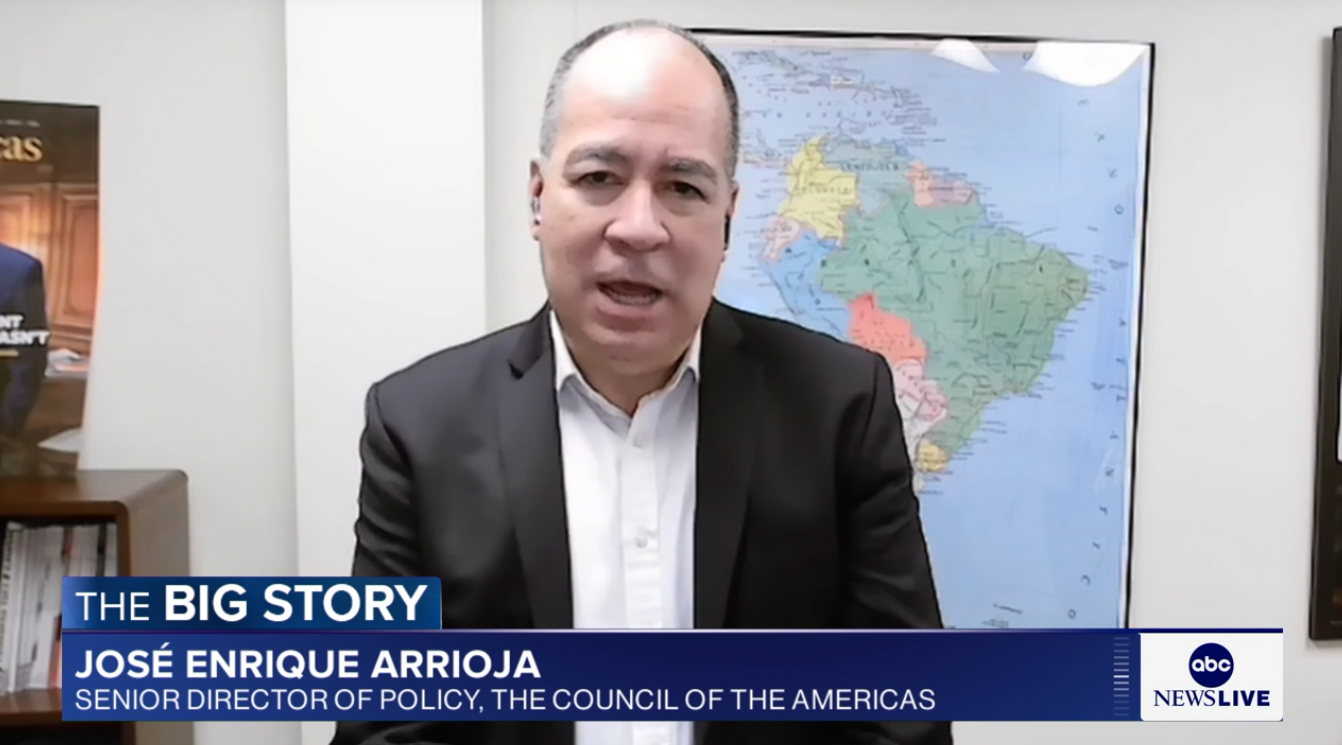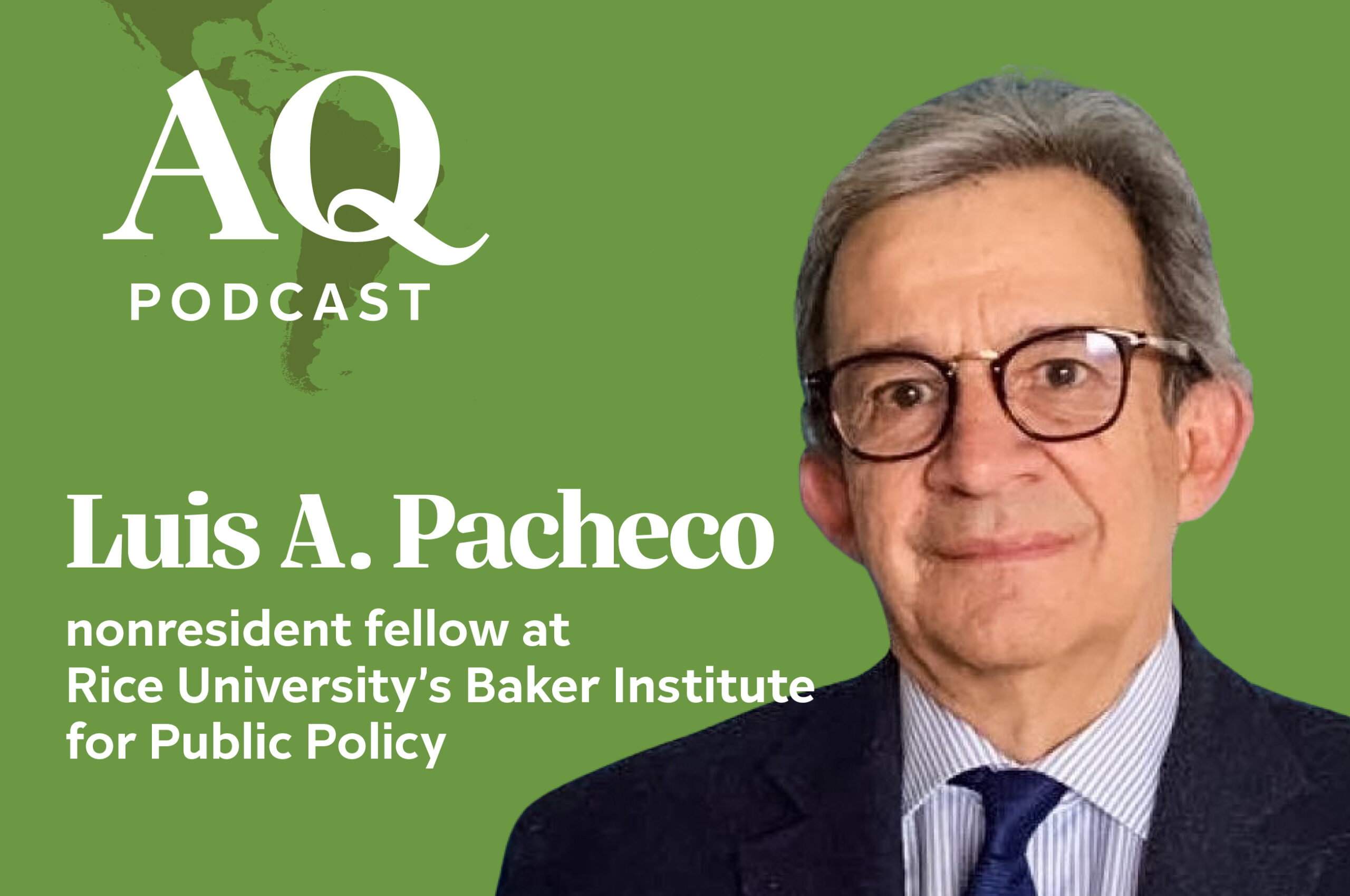A Tenuous Truce in the Andes
A Tenuous Truce in the Andes
Presidents of Colombia, Ecuador, and Venezuela ended their standoff and the FARC appears increasingly weakened. But the contents of an assassinated FARC leader's laptop suggest the group's reach extends well past Colombia's borders.
A diplomatic crisis in the Andean region ended with hugs shared between the leaders of Colombia, Ecuador, and Venezuela at a Rio Group summit on March 7. The Organization of American States (OAS) initiated an investigation at the site of the Ecuador-based camp maintained by the Revolutionary Armed Forces of Colombia (FARC) rebel group and attacked by Colombia. Venezuela—which, like Ecuador, moved troops to its border with Colombia after the raid—restored diplomatic ties with Bogota by Sunday. Some wondered if the week of bellicose denunciations between Colombia’s President Alvaro Uribe and his Ecuadorian and Venezuelan counterparts amounted to little more than “just bluster.”
The FARC itself showed signs of its weakened state. Not only did Colombia’s raid result in the death of Raul Reyes, a member of the guerilla group’s secretariat; days later another FARC leader, Ivan Rios, was killed by his security chief. According to Oxford Analytica, the FARC ranks have thinned from 18,000 in the late 1990s to roughly 13,000 now, and the death of Reyes could hamper future recruitment. BBC reports that the number of rebel fighters could be as low as 6,000. A January 2008 report (PDF) by Colombia’s Defense Ministry examines growing desertion and disenchantment in FARC’s ranks.
However, concerns linger in the wake of the three-country standoff, particularly over how the rebel group’s tentacles extend into neighboring countries. Ecuador’s military says it destroyed nearly 50 FARC camps in 2007. Venezuelans living in the region near the Colombian border face the danger of FARC kidnappings and complain of little protection from Caracas.
Furthermore, revelations of possible FARC links to Ecuador and Venezuela’s governments have rendered tenuous the truce between the three countries. In the days following the raid—widely denounced across Latin America—Uribe’s government used “hot pursuit” and documents found on Reyes’ laptop to justify the attack inside Ecuadorian territory. On Sunday, Semana published some of those documents, which indicated the FARC provided funding for Ecuadorian President Rafael Correa’s 2006 campaign. Information released earlier suggests Venezuelan President Hugo Chávez provided the rebel group with $300 million.
Given that Washington includes the FARC, famed for drug trafficking and kidnapping links, on its list of Foreign Terrorist Organizations, the Bush administration has begun investigating the possibility of placing Venezuela on the U.S. State Sponsors of Terrorism list. Such a move could halt importation of Venezuelan oil—the U.S.’ fourth largest source—to the United States. A Washington Post editorial argues that if President George Bush “decides to ignore clear evidence that Venezuela has funded and conspired with an officially designated terrorist organization, he will flout what has been his first principle since Sept. 11, 2001.”
Other reports examine how the reach of the FARC extends beyond Ecuador and Venezuela. At least five Mexicans were present at the time of the attack in Colombia, fueling speculation that FARC training may have been behind a string of 2007 pipeline bombings in Mexico. In an interview with Mexico’s El Universal, Colombia’s Vice President Francisco Santos asked for support in quelling FARC links to Mexican drug cartels and student groups. Power and Interest News Report takes a look at FARC’s Mexico links, as well as connections to other Latin American countries. The documents in Reyes’ computer indicate the links may have extended much farther; one letter asked for $100 million loan from Libyan leader Moammar Gadhafi to purchase surface-to-air missiles.
Meanwhile, rumors continue to circulate about whether the FARC will release French-Colombian politician Ingrid Betancourt, held captive for six years and one of dozens of hostages held by the group.








